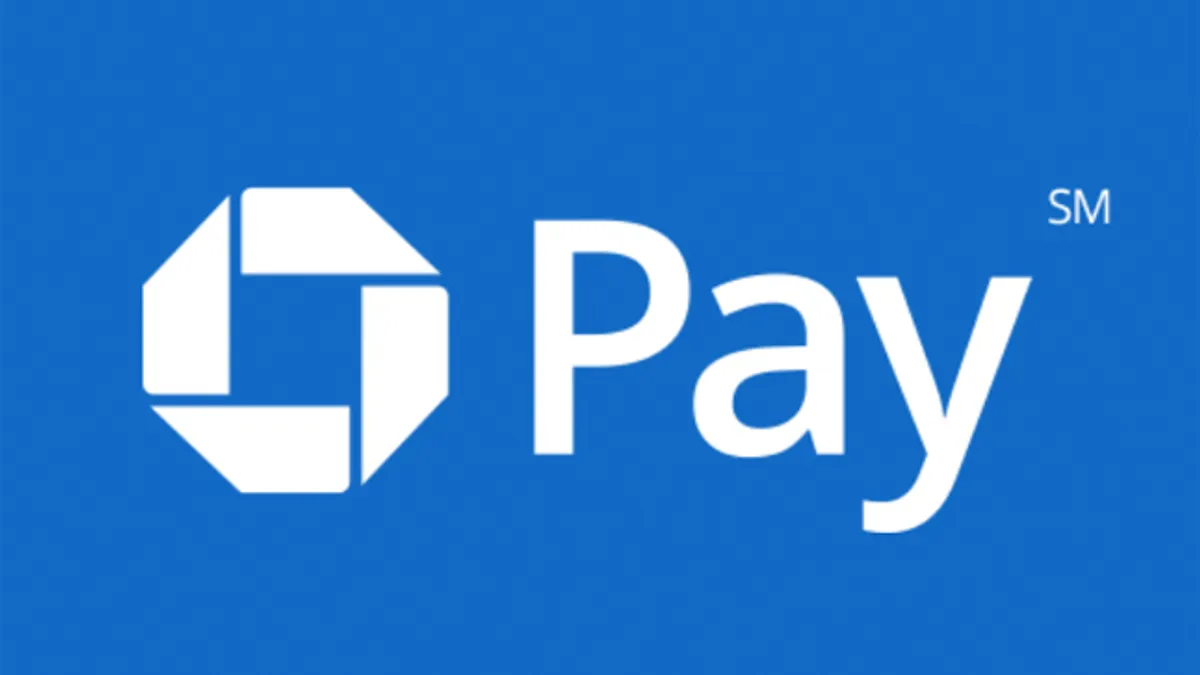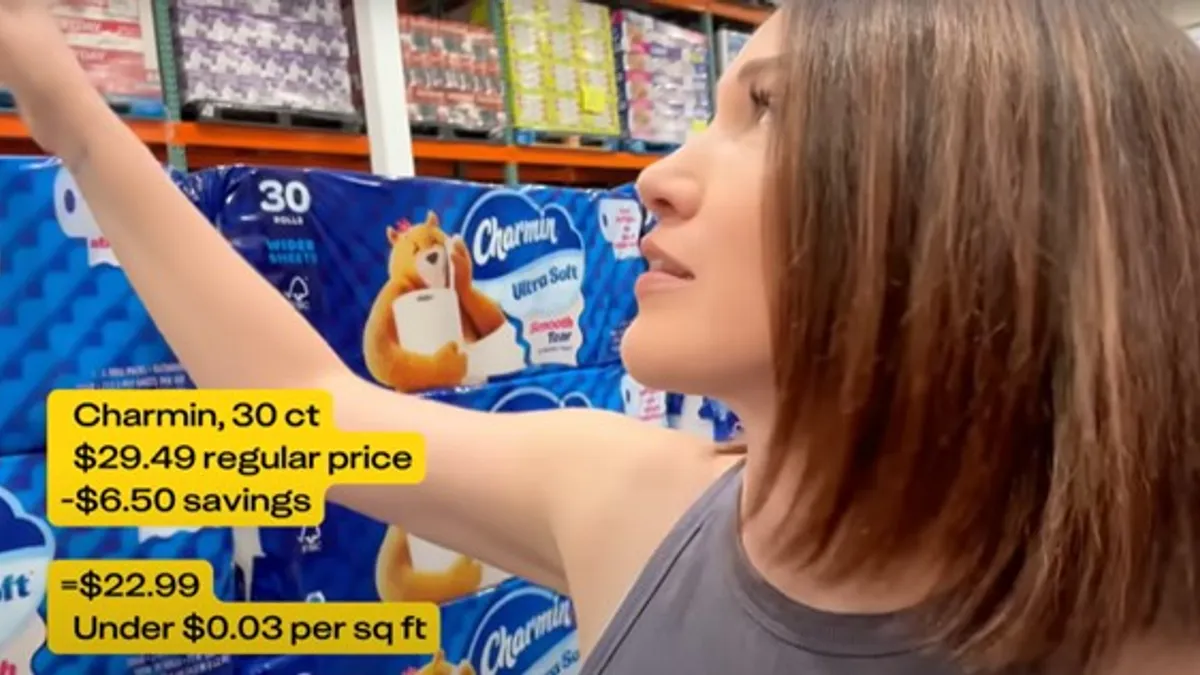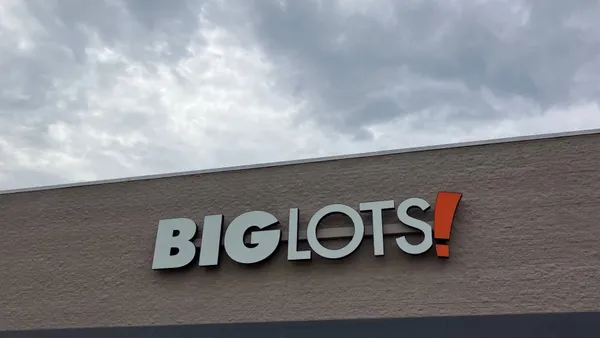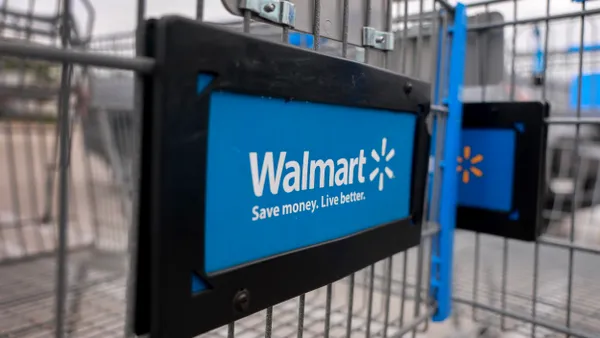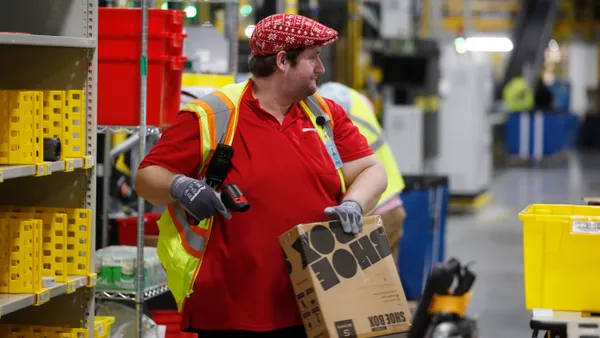Dive Brief:
-
Financial services giant Chase announced that its Chase Pay digital wallet service is now available for use in more than 7,500 Starbucks locations across the U.S. as well as almost 1,400 Best Buy stores, with support expanding to retailers including ShopRite, The Fresh Grocer, Shell, Phillips 66 and Conoco in the near future.
-
Chase customers can download the Chase Pay mobile application from the App Store or Google Play Store, and use it with the same user ID and password information they use on Chase.com. Chase Visa customers will find their cards loaded within the app; MasterCard is not yet supported.
-
Chase added that running the system on its closed-loop ChaseNet platform means the company can offer the payment format to merchants at lower cost, complete with security features such as payment tokenization.
Dive Insight:
If you were thinking the Chase Pay app was already available, you probably are not alone. Chase Pay was announced in 2015 and became central to the payment efforts of the Merchant Customer Exchange after the retailer consortium's plans to roll out its own CurrentC digital wallet platform began to short circuit.
So more than a year later, the Chase Pay app is finally here, its arrival heralded a couple of weeks ago when Wal-Mart said it would integrate Chase Pay functionality into its own recently expanded Walmart Pay mobile app. Chase Pay's fashionably late arrival on the crowded payments scene may not work against it so much if it has friends like Wal-Mart, which spearheaded the MCX efforts; Chase Pay also uses the QR code-scan payment process that Walmart Pay uses and that CurrentC planned to use.
Affiliations with Starbucks and Best Buy also don't hurt, and it sounds like Chase Pay already has a lengthy roster of merchants lined up to accept Chase Pay. Interestingly, Chase Pay only supports Visa cards right now, while banking industry cohort Citibank's Citi Pay backs MasterCard.
Ultimately, nothing has been decided in the payments space just yet in terms of winners and losers, and the latest entrants, like those who came before them, come with their own built-in audiences, whether its smartphone owners for Apple Pay, Android Pay and Samsung Pay, loyal Wal-Mart shoppers for Walmart Pay, or bank card members for Chase Pay and Citi Pay. Right now, all of these payment ventures are still raising the profile of mobile payments and bringing new users into the game.


